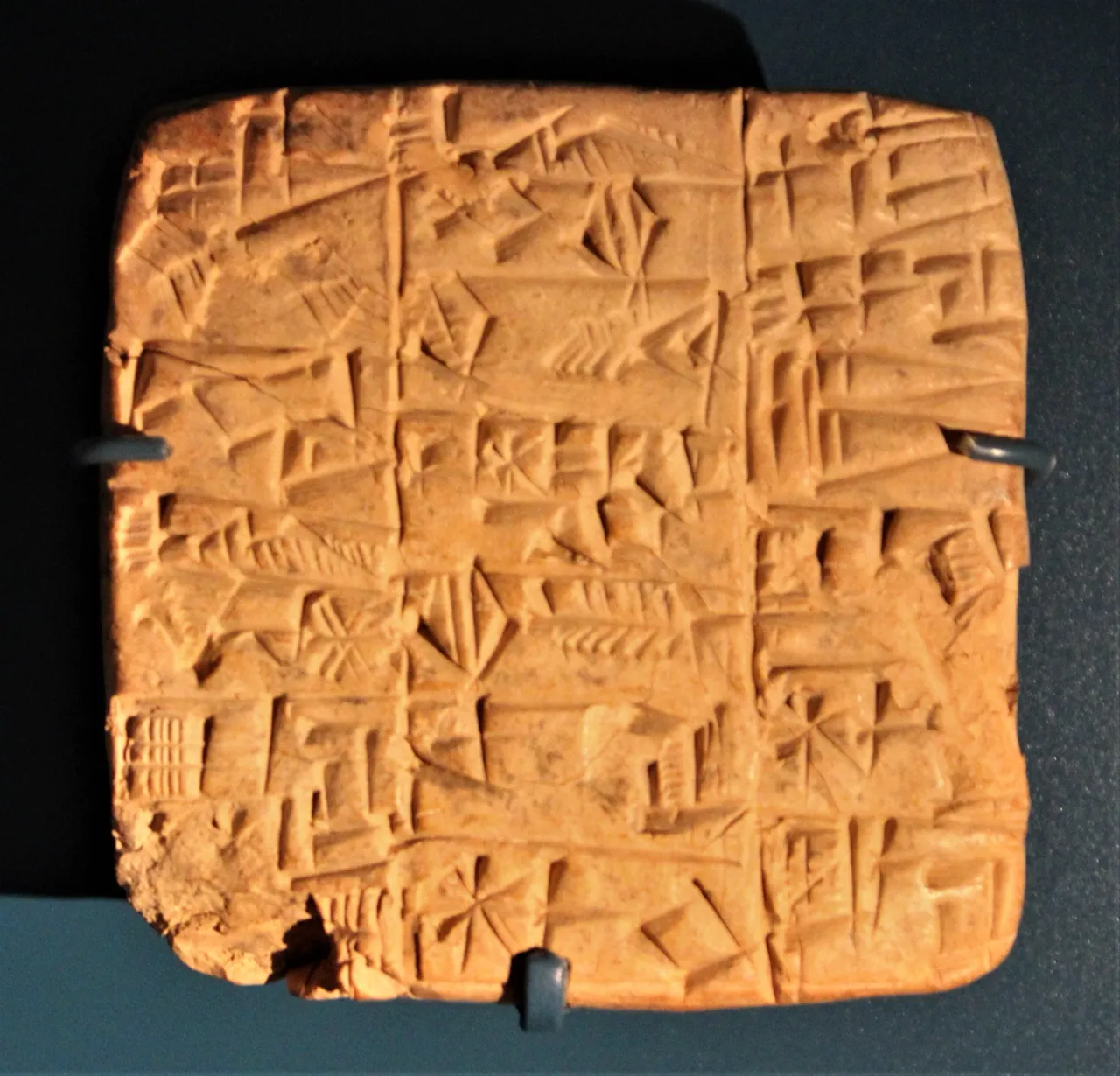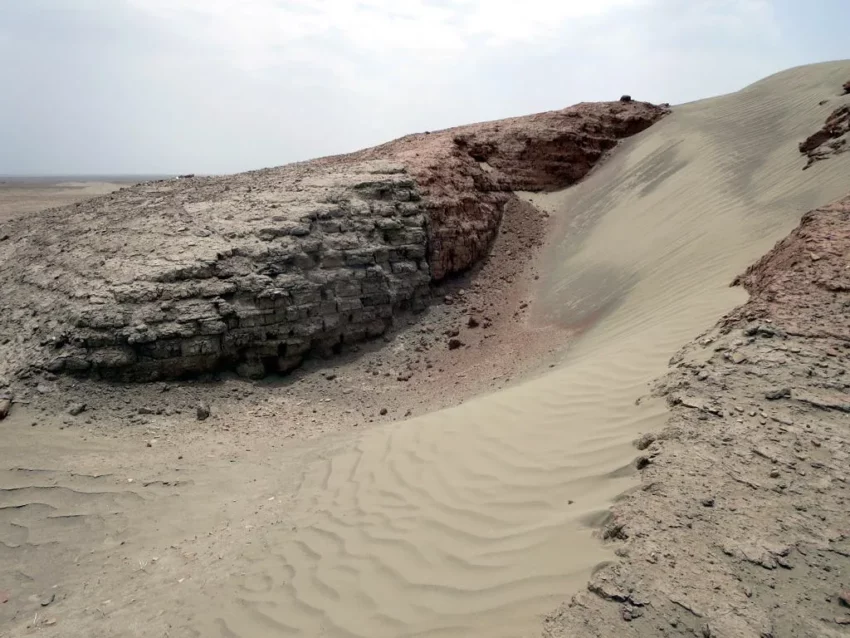Larsa: The Ancient Sumerian City-State
Larsa, known in Sumerian as UD.UNUGKI and often referred to as Larancha or Laranchon by ancient historians, was a significant city-state in ancient Sumer. Located 25 kilometers southeast of Uruk in modern-day Iraq, Larsa was a major center of worship for the sun god Utu, with his temple, E-babbar, standing as a central feature.
Get your dose of History via Email
Historical Significance
Larsa’s history stretches back to the Proto-cuneiform era, with mentions in lexical lists from the late 4th millennium BC. It served primarily as a cult site for Utu, gaining political power during the early 2nd millennium BC under the First Dynasty of Lagash. This period saw rulers like Eannatum and his nephew Entemena integrating Larsa into their expanding empires.
During the Akkadian Empire, Larsa continued to be an important religious center, as highlighted in the Temple Hymns of Enheduanna, the daughter of Sargon of Akkad. The city’s significance persisted into the Ur III period, with rulers like Ur-Nammu dedicating efforts to rebuild the E-babbar temple.

The Rise of Larsa
Larsa rose to political prominence during the Isin-Larsa period after the collapse of the Third Dynasty of Ur around 2000 BC. Ishbi-Erra, an official from Ur, established a government in Isin, reclaiming cities like Ur, Uruk, and Lagash. However, the Amorite governor of Larsa, Gungunum, broke away from Isin, establishing an independent dynasty. His successors, Abisare and Sumuel, further solidified Larsa’s independence, cutting off Isin’s access to crucial trade routes and canals.
Under King Rim-Sin I (c. 1758–1699 BC), Larsa reached its zenith, controlling 10-15 other city-states. Despite its power, Larsa never amassed a vast territory but maintained significant influence through trade and religious importance. After Rim-Sin I’s defeat by Hammurabi of Babylon, Larsa’s political power waned, though it may have served as the home of the First Sealand Dynasty of Babylon.
Archaeological Discoveries
The remains of Larsa cover an area of approximately 200 hectares, with the highest point rising about 21 meters. Initial excavations by William Loftus in 1850 identified the site through building bricks of Nebuchadnezzar II. Later excavations by André Parrot in 1933 and subsequent efforts by various archaeologists revealed extensive building projects and numerous cuneiform tablets.
Recent excavations resumed in 2019, focusing on mapping and uncovering structures from the Hellenistic period. These efforts have revealed a large system of internal canals, a port area linked to the Tigris and Euphrates rivers, and a significant number of cuneiform tablets dating back to the reigns of Gungunum and Abisare.
The E-Babbar Temple
A focal point of Larsa was the E-babbar temple of Utu, which underwent various phases of reconstruction from the Neo-Babylonian period to the Hellenistic era. Excavations have shown the temple’s continued use and adaptations over centuries, highlighting its enduring religious importance.
Larsa’s Legacy
Larsa’s influence extended through various historical periods, from its early Sumerian roots to its role in the Neo-Babylonian and Hellenistic eras. The city’s rich archaeological record provides valuable insights into ancient Sumerian culture, politics, and religion. The ongoing excavations continue to uncover the depth of Larsa’s historical significance, offering a window into the ancient world.

